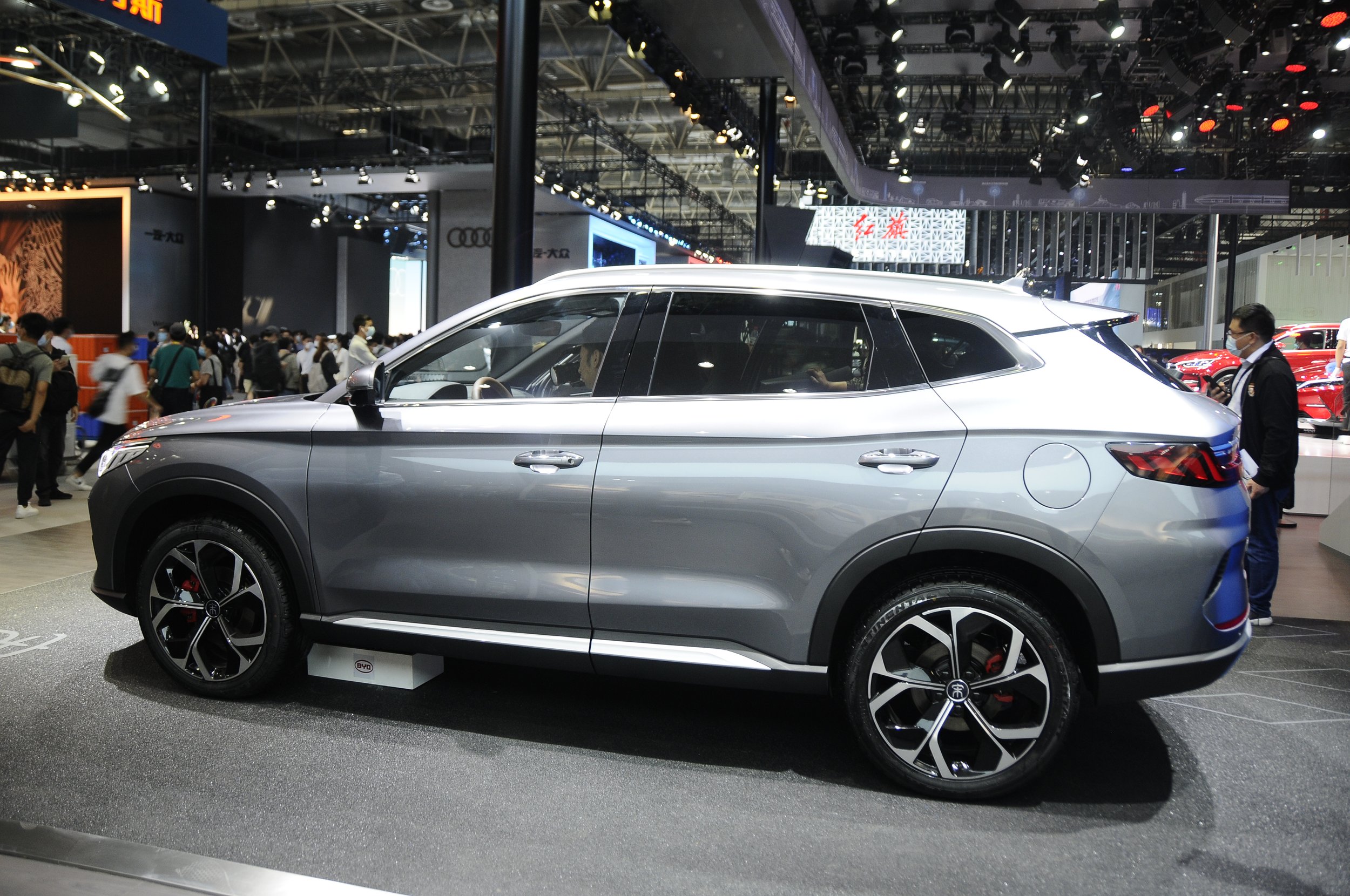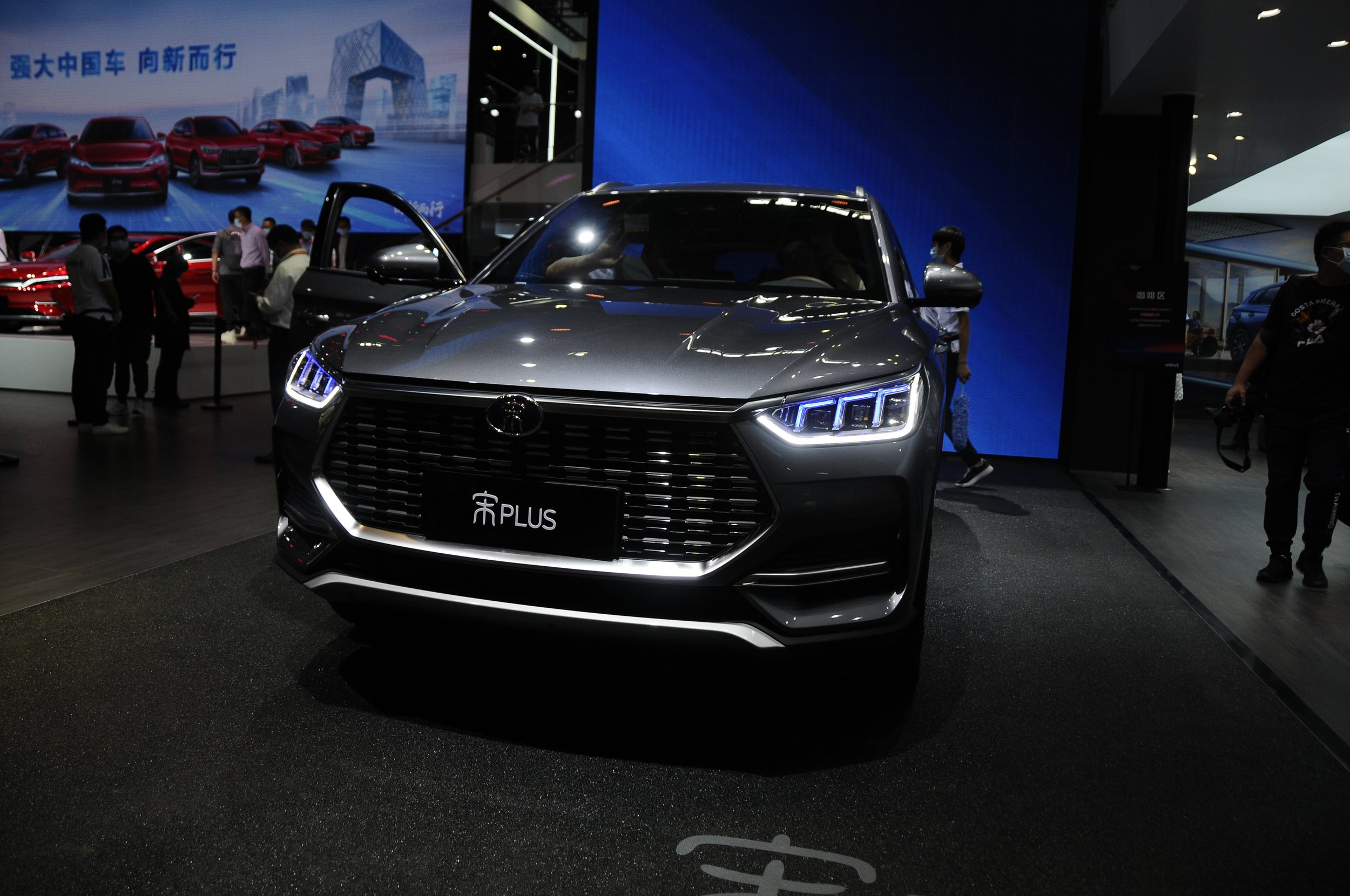BYD’s next SUV packing make’s latest PHEV
/An industry publication with an ear to the Chinese make’s plans has clarified what’s coming with Seal-U.
DRIVETRAIN preference for an upcoming sports utility from a big Chinese car brand has been clarified by a small industry-aimed publication which often has dibs on the make’s news.
EVs and Beyond’ s in-depth share of detail relating to the Seal-U - specifically in reference to the 1.5-litre petrol electric DM-i drivetrain it will debut - is good example of how BYD locally tends to keep media up to speed.
The brand has no public relations division as such but the local manager, Warren Willmot, involved in motoring writing briefly before joining the automotive industry.
EVs and Beyond appears to have become the proxy conduit and, in this case, it swiftly went to bat at the weekend for the make by providing swift correction to a story run by a readership giant, the national motoring page for Stuff, which triggered a mea culpa correction by the latter.
Now China’s dominant maker, with electric car volume exceeding Tesla’s, BYD has found considerable success in the two years it has been here.
This has primarily pinned on a small SUV, the Atto 3, which instantly left positive impression on NZ motorists keen for a budget electric. The car was also named 2022 Car of the Year by the New Zealand Motoring Writers’ Guild.
BYD now has two more models in play, another SUV, the Dolphin, and Seal, a Tesla Model 3-like sedan the Seal, and has signalled it will bring even more in 2024 and beyond.
Atto 3’s placement as the second-most popular electric car last year has fuelled the local operation’s confidence.
Sense of that came when Dolphin failed to make the cut for judging for the 2023 NZ COTY, which announces next month. In response, BYD cancelled test bookings.
Two weeks ago Willmot lent MotoringNZ.com cursory insight into this year’s strategy.
He said then that it would include the Seal U - a medium electric sports utility version of Seal sedan - for the first quarter, the SeaLion SUV (between March and June), a much anticipated utility - the make’s first, with a plug-in hybrid drivetrain - in the third quarter and vans before year-end.
A Stuff story on January 20, repeating a MotoringNZ.com thought aired on January 10 - that Seal U will have the Seal sedan’s fully electric powertrain - sparked up EV and Beyond editor Richard Edwards to publish a counter-piece, asserting the car will in fact be a plug-in hybrid. In turn, Stuff rewrote its story.
Said Edwards: “EVs and Beyond has been informed by a BYD spokesperson that the Seal U will only be available in New Zealand as a plug-in hybrid vehicle, not electric, as claimed by Stuff.co.nz.”
He says while Seal-U does produce in full electric, that choice only goes into left-hand drive product. Richards says SeaLion will be BYD’s next full electric SUV here.
Both publications note that a Seal U has arrived in New Zealand for evaluation, appearing in December registration statistics.
Says EVs and Beyond’s writer: “Upon closer inspection of the data, the model that has landed is registered as a petrol plug-in vehicle.
“This is not to say it isn’t a strong option in the market. While essentially an updated three-year-old vehicle, it features the brand’s exciting DM-i drivetrain.
“With front-wheel drive and all-wheel drive options set to come to New Zealand, the Seal U features an 18.3kWh LFP ‘Blade’ battery providing an EV-only range of 100km or over 1000km in hybrid mode.”
Regardless that petrol is involved, the Seal U is predominantly driven by its electric motors, with the petrol unit only being used to generate or provide drive at higher speeds.
Last September BYD launched DM-i in a Seal sedan in China with two formats; both using a 1.5-litre petrol. In one, it is normally-aspirated and, in the other, turbocharged.
The carnewschina.com website says the first, designated 1.5L, engine outputs 81kW and 135Nm, and is paired with a drive motor that outputs 145kW and 325Nm. Its 0–100kmh acceleration time is 8.2 seconds. A pure electric cruising range of 121km is claimed, but that is measured to the outmoded NEDC scale.
The 1.5Ti engine outputs 102kW and 231Nm, and is paired with a drive motor that outputs 160kW and 325Nm. Its 0–100 kmh acceleration time is 7.9 seconds and it cited, again under the decried NEDC calculation, to offer a 200km pure electric cruising range. Absolute range of 1305km is proposed.
Fast and slow charging are supported. The turbo type can be charged from 30 percent to 80 percent in just 19 minutes, according to BYD.
EVs and Beyond says it expected the Seal-U PHEV to offer a rated fuel economy of 1.2 litres per 100km and CO2 emissions of around 40 grams per 100km.
Maximum power on the top model could be as high as 360kW for the combined drivetrain, with 770Nm of torque.
It also says the Sea Lion, also known as the Sea Lion 07, will arrive with “next-generation BYD technology, such as its DiSus active suspension and body control system, showcased at the brand’s ‘Dream Week’ event in China recently.”
While new to this market, Seal U has been in production for three years. The images are of the vehicle as it debuted at the 2020 Beijing motor show, where it displayed with a China-market name, Song Plus.




















